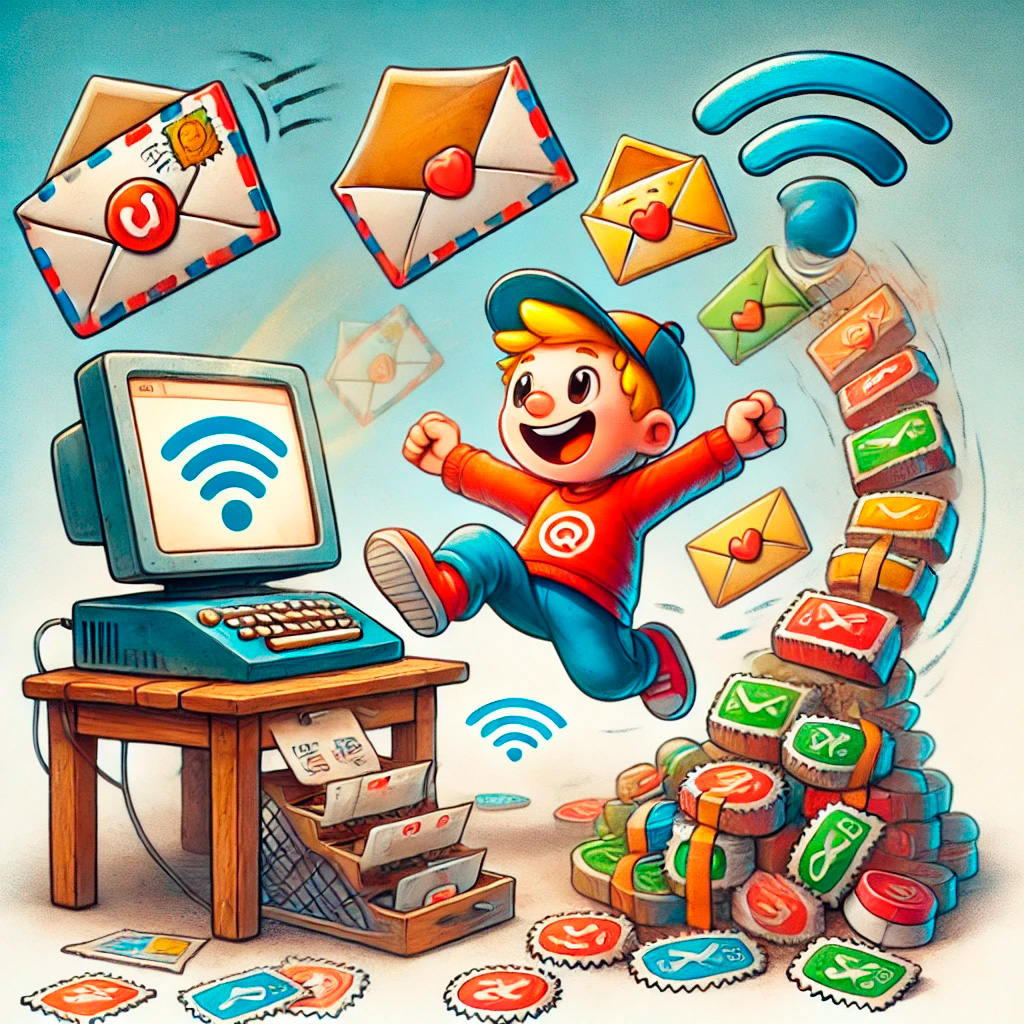
What Is Email Marketing?
Key Components of Email Marketing
- Building an email list: Collecting subscribers’ contact information 📋
- Creating engaging content: Crafting messages that resonate 📝
- Designing attractive emails: Visual appeal matters 🎨
- Segmenting your audience: Grouping subscribers by interests or behavior 🧩
- Automating email sends: Scheduling and triggering emails ⚙️
- Analyzing performance metrics: Evaluating the success of campaigns 📊
👆 Fun fact: The first mass email marketing campaign was sent in 1978, resulting in $13 million in sales!
Why Email Marketing Matters
Understanding email marketing is crucial because:
- It’s cost-effective: High ROI compared to other marketing channels.
- It’s personal: Tailor messages to specific audience segments.
- It’s measurable: Track opens, clicks, and conversions easily.
- It builds relationships: Regular communication keeps your brand top-of-mind.
- It drives sales: Email is often a top channel for converting leads into customers.
Types of Marketing Emails
- Welcome emails: The digital handshake for new subscribers 👋
- Newsletters: Regular updates about your company or industry 📰
- Promotional emails: Special offers or sales announcements 🏷️
- Transactional emails: Order confirmations, shipping notifications, etc. 🧾
- Re-engagement emails: Attempts to win back inactive subscribers 🎣
Key Email Marketing Metrics
To measure the success of your email marketing campaigns, track these metrics:
- Open rate: Percentage of recipients who open your email.
- Click-through rate (CTR): Percentage of recipients who click on a link.
- Conversion rate: Percentage of recipients who take a desired action.
- Bounce rate: Percentage of emails that couldn’t be delivered.
- Unsubscribe rate: Percentage of recipients who opt out of future emails.
A typical open rate is around 15-25%, while a good CTR is often in the 2-5% range. These benchmarks can vary by industry.
Best Practices for Email Marketing
To maximize the effectiveness of your email campaigns, follow these best practices:
- Segment your list: Send relevant content to specific groups.
- Personalize your emails: Use the recipient’s name and tailor content to their interests.
- Optimize for mobile: Ensure emails look great on any device.
- Use compelling subject lines: They’re like headlines – make them count!
- Include clear calls-to-action (CTAs): Guide recipients on what to do next.
- Test and optimize: Experiment with content, designs, and send times.
Email Marketing and Compliance
With great power comes great responsibility. Email marketers must adhere to laws like:
- CAN-SPAM (US): Requires unsubscribe options and honest sender information.
- GDPR (EU): Requires explicit consent from recipients.
- CASL (Canada): Imposes strict rules on commercial emails.
Key requirements include:
- Getting permission before sending marketing emails.
- Including an unsubscribe option in every email.
- Honoring unsubscribe requests promptly.
- Using clear “From” names and addresses.
Breaking these rules can lead to fines and damage to your brand reputation. 😠
Email Marketing Tools
You don’t have to do it all manually. Popular email marketing tools include:
- Mailchimp: Intuitive design and automation features 🐵
- Constant Contact: Great for small businesses
- Klaviyo: Powerful for e-commerce
- HubSpot: Integrates with CRM tools
- SendGrid: Focused on transactional emails
These platforms can help you design emails, automate sends, and analyze results.

Leave a Reply